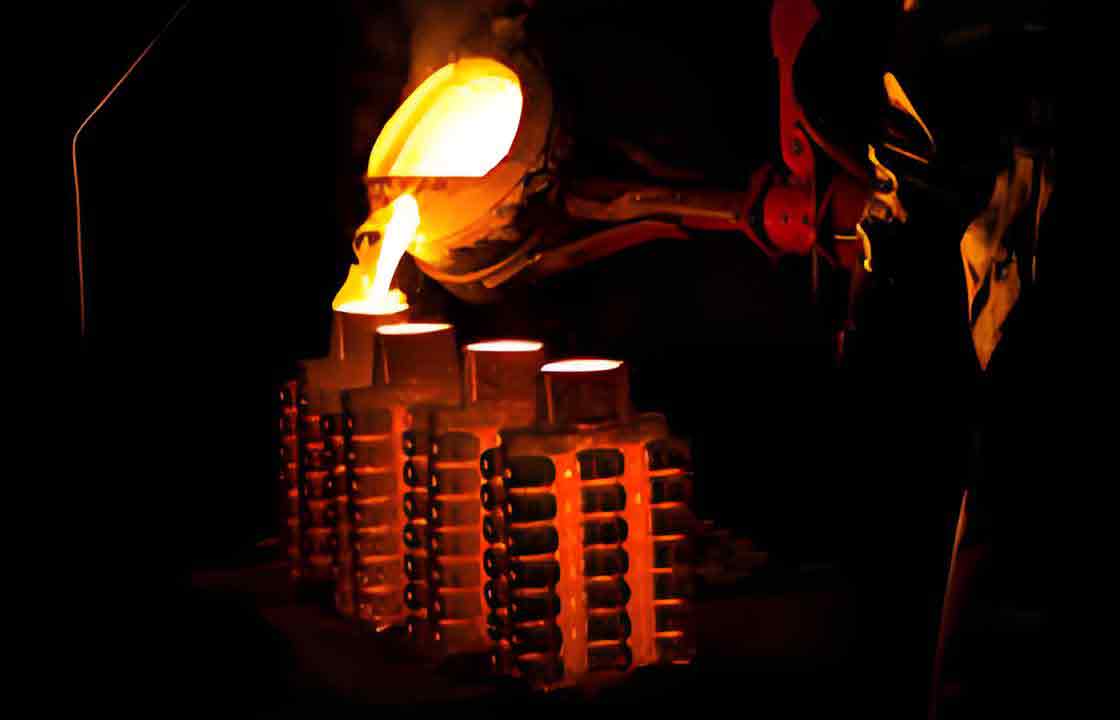
Lost wax casting, also known as investment casting, is a time-honored process with roots dating back thousands of years. Despite its ancient origins, the technique has evolved significantly and remains highly relevant in modern industrial applications. This article delves into the role of lost wax casting in today’s industries, highlighting its advantages, advancements, and diverse applications.
Introduction
Lost wax casting involves creating a wax model of the desired part, coating it with a ceramic shell, and then melting the wax away to form a mold. Molten metal is then poured into the mold to create the final part. The process allows for the production of intricate and precise components with excellent surface finishes. Modern advancements have further refined lost wax casting, making it a critical technique in various high-demand sectors.
Advantages of Lost Wax Casting
- Precision and Detail:
- Capable of producing complex geometries and fine details.
- High dimensional accuracy, reducing the need for extensive machining.
- Material Versatility:
- Suitable for a wide range of metals and alloys, including aluminum, stainless steel, titanium, and superalloys.
- Allows for the creation of parts with tailored material properties.
- Surface Finish:
- Achieves excellent surface finishes, often eliminating the need for secondary finishing processes.
- Reduces post-casting machining, saving time and costs.
- Efficiency and Waste Reduction:
- Can produce near-net shape parts, minimizing material waste.
- Economical for both small batch and large-scale production runs.
Modern Advancements in Lost Wax Casting
- 3D Printing and Additive Manufacturing:
- Integration of 3D printing for creating wax patterns, allowing for rapid prototyping and design flexibility.
- Use of direct metal printing techniques to complement traditional lost wax casting methods.
- Advanced Materials:
- Development of new alloys and composite materials to meet specific industrial requirements.
- Improved wax formulations for better mold creation and reduced defects.
- Process Automation:
- Implementation of automated systems for shell building, mold handling, and metal pouring.
- Use of robotic technology to ensure consistency and precision.
- Quality Control Innovations:
- Advanced non-destructive testing (NDT) methods such as X-ray and CT scanning for thorough inspection.
- Real-time monitoring and control systems to detect and correct defects during lost wax casting process.
Applications in Modern Industries
- Aerospace:
- Production of high-performance turbine blades, engine components, and structural parts.
- Use of superalloys and titanium for parts that require high strength and temperature resistance.
- Automotive:
- Manufacturing of engine parts, transmission components, and suspension systems.
- Lightweight aluminum and magnesium alloys for improved fuel efficiency and performance.
- Medical:
- Creation of precise surgical instruments, implants, and prosthetics.
- Biocompatible materials like titanium and stainless steel for medical applications.
- Industrial Machinery:
- Production of components for pumps, valves, and heavy machinery.
- Durable alloys for parts exposed to harsh operating conditions.
- Jewelry and Art:
- Crafting intricate and detailed pieces with precious metals.
- Combination of traditional craftsmanship with modern lost wax casting techniques.
Case Study: Lost Wax Casting in Aerospace Turbine Blades
Background: An aerospace company aimed to improve the performance and durability of turbine blades used in jet engines. The goal was to produce blades capable of withstanding extreme temperatures and stresses.
Approach:
- Material Selection:
- Chose a nickel-based superalloy for its high-temperature resistance and mechanical strength.
- Incorporated ceramic matrix composites for enhanced thermal performance.
- Wax Pattern Creation:
- Utilized 3D printing technology to create highly detailed wax patterns with intricate cooling channels.
- Optimized wax formulations to achieve better dimensional stability and surface finish.
- Ceramic Shell Formation:
- Used advanced ceramic materials to build stronger and more heat-resistant shells.
- Implemented a multi-layer shell building technique to prevent cracking and deformation during casting.
- Casting Process:
- Automated the shell coating and metal pouring processes to ensure uniform quality.
- Introduced robotic handling systems for precise and repeatable mold assembly.
- Quality Control:
- Applied X-ray and CT scanning to inspect the internal structure of the cast blades.
- Used simulation software to predict potential defects and optimize casting parameters.
Results:
- Achieved a 20% increase in the operating temperature of the turbine blades.
- Improved fatigue and creep resistance, extending the blades’ lifespan by 30%.
- Enhanced precision and surface finish, reducing the need for post-casting machining.
- Lowered production costs through automation and reduced defect rates.
Table: Comparative Analysis of Lost Wax Casting Applications
| Industry | Key Components Produced | Benefits |
|---|---|---|
| Aerospace | Turbine blades, engine components, structural parts | High strength, temperature resistance, precision |
| Automotive | Engine parts, transmission components, suspension | Lightweight, durable, improved performance |
| Medical | Surgical instruments, implants, prosthetics | Biocompatibility, precision, customizability |
| Industrial Machinery | Pump components, valves, heavy machinery parts | Durability, wear resistance, complex geometries |
| Jewelry and Art | Intricate pieces, detailed sculptures | Fine details, excellent finish, design flexibility |
Conclusion
Lost wax casting remains a vital technique in modern industrial applications due to its ability to produce precise, high-quality components. Advancements in materials, processes, and technologies have expanded its capabilities, making it suitable for a wide range of industries, including aerospace, automotive, medical, industrial machinery, and art. By leveraging these advancements, manufacturers can achieve better performance, reduce costs, and meet the stringent requirements of today’s high-demand sectors. The continued evolution of lost wax casting promises even greater potential for innovation and efficiency in the future.
